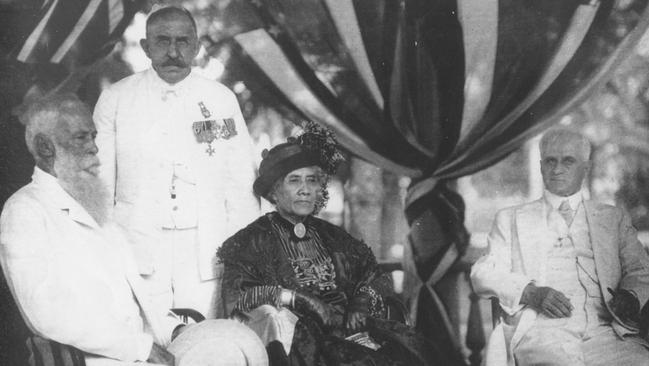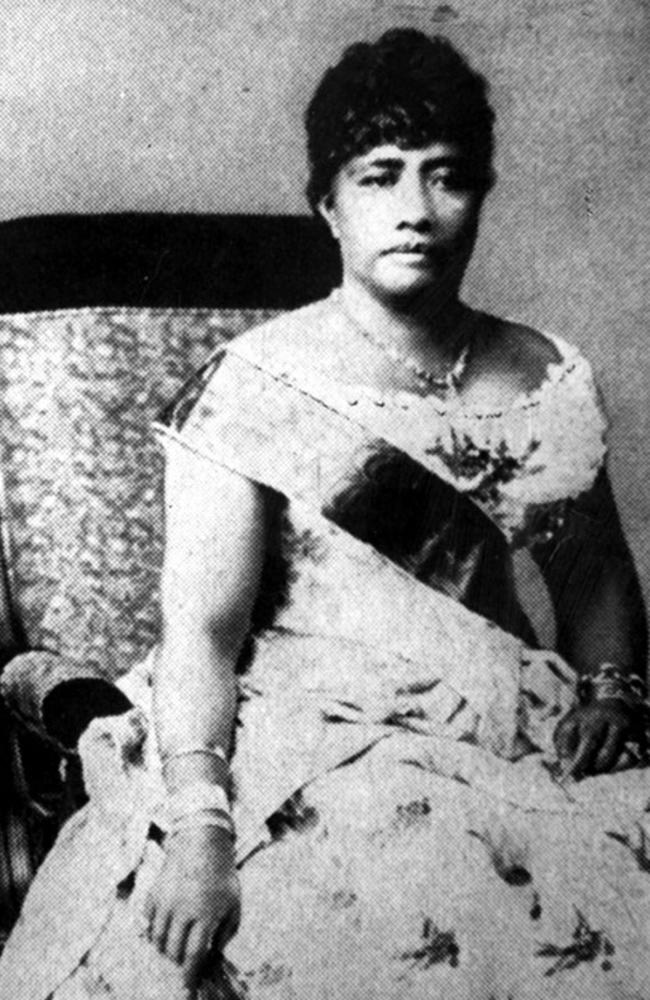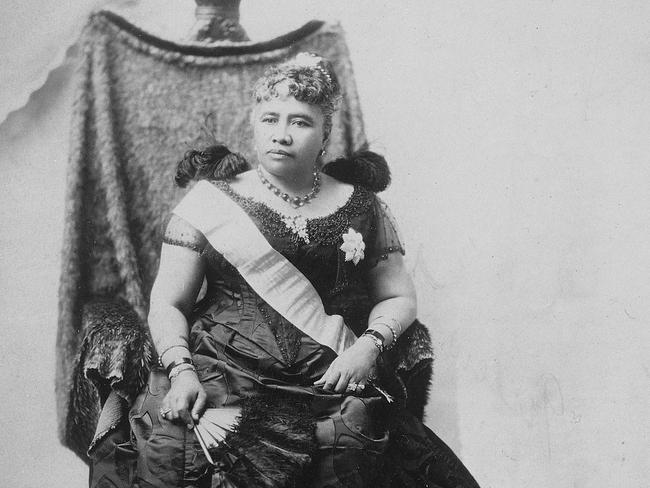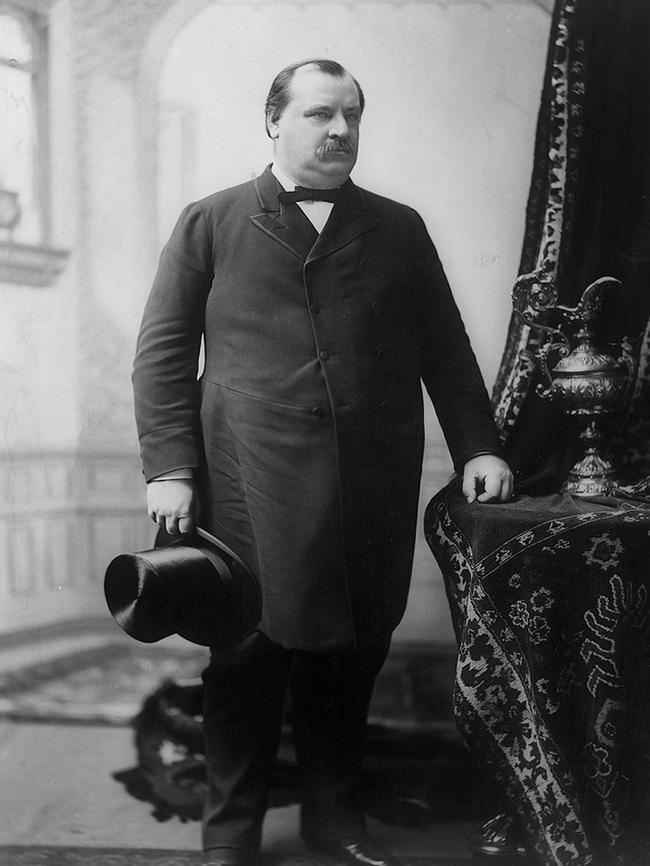Pain of Hawaii’s last queen, Lili’uokalani, echoed in song she gave the world
She spent only two years on the throne but Hawaii’s last monarch spent the rest of her life fighting against her country’s loss of independence

Today in History
Don't miss out on the headlines from Today in History. Followed categories will be added to My News.
In 1795 Kamehameha I unified the Hawaiian Islands, bringing them under his rule as king. But Hawaii’s period of monarchy lasted less than a century. The last monarch to sit on the Hawaiian throne did so only briefly, dedicating the rest of her life to a determined resistance to her nation’s loss of independence. She died in her palatial home in Honolulu a century ago this week.
Lili’uokalani was Hawaii’s first and only queen and lost her throne thanks to the growing influence of American plantation owners. But while she reigned for less than two years, she made her mark in Hawaiian history with her championing of her country and also for composing Aloha ’Oe, Hawaii’s most famous song.
Born Liliʻu Loloku Walania Wewehi Kamaka on Oahu, in 1838, she was the daughter of Keohokalole, a high-ranking chieftess and adviser to Hawaiian king Kamehameha III. When Liliʻu was later baptised she was given the Christian name Lydia. She was educated at the Chief’s Children’s School, specially reserved for the progeny of Hawaiian nobility, and at the Royal School, a boarding school also for noble children, before becoming a courtier to Queen Emma, consort of King Kamehameha IV.

At the time America was gaining increasing influence in Hawaii, by buying property and establishing sugar plantations. Lili’uokalani was courted by an American merchant, and was engaged to a Hawaiian prince William Lunalilo, before marrying John Owen Dominis, the son of an Italian-born sea captain from Boston, in 1862. It was a rocky union, both Lili’uokalani and Dominis had affairs. She later adopted his illegitimate son, born to a household servant.
When Kamehameha V (brother of Kamehameha IV) died without an heir in December 1872, Lunalilo was elected by the Legislative Assembly but also insisted on a popular vote. He defeated rival candidate David Kalakaua, Lili’uokalani’s brother. Lunalilo reigned for less than 13 months before dying from tuberculosis in February 1874, leaving no heir. The Legislative Assembly chose Kalakaua over Queen Emma (consort of the late Kamehameha IV). Kalakaua needed help from British and US sailors and marines stationed in Honolulu to quell riots in the city.

As sister of the king, Lili’uokalani held an important place at court. When Kalakaua’s brother and heir William Leleiohoku died in 1877 she was named heir to the throne.
In 1878 when she was leaving Maunawili Ranch on horseback and riding home towards Honolulu a tune formed in her head that became “Aloha ’Oe” (Farewell to thee).
Originally she intended it to be a love song, but it became a wistful farewell. Within a few years it had become popular all over Hawaii and in 1883 had its overseas premiere played by the Royal Hawaiian Band in San Francisco. After that it spread around the world.
When her brother made a world tour in 1881, Lili’uokalani served as regent. During this time she did much to organise Hawaiian schools and made a famous visit to the leper colony on Molokai. She bestowed on Father Damien (Jozef De Veuster), the priest caring for the lepers, the title Knight Commander of the Royal Order of Kalakaua.
In 1887 it was her turn to tour the world. On her way to the Golden Jubilee of Queen Victoria she met US president Grover Cleveland, while crossing America, and with Queen Victoria at Buckingham Palace in London.
But Lili’uokalani cut short a tour of Europe when she heard her brother had been forced to sign into effect a new constitution, after a virtual coup orchestrated by plantation owners, mostly American members of the Hawaiian League.

The new constitution, drawn up by anti-monarchists including lawyer Sanford Dole, greatly diminished the king’s powers. Associates of the Hawaiian League were also given important cabinet posts. Lili’uokalani opposed the constitution, as well as the granting of Pearl Harbor to the US.
Kalakaua died in America in 1891, and Lili’uokalani was crowned queen. When she tried to restore the monarch’s powers, Dole demanded her abdication and formed a provisional government. The queen asked President Cleveland for help and he ordered her restoration, but Dole defied him and placed Lili’uokalani under arrest.
A royalist insurrection in 1895 was suppressed by Dole and Lili’uokalani was arrested. To save her supporters from prison she agreed to sign a formal abdication. But she continued to agitate against annexation by the US.
She died on November 11, 1917, at her home in Honolulu.
Originally published as Pain of Hawaii’s last queen, Lili’uokalani, echoed in song she gave the world



